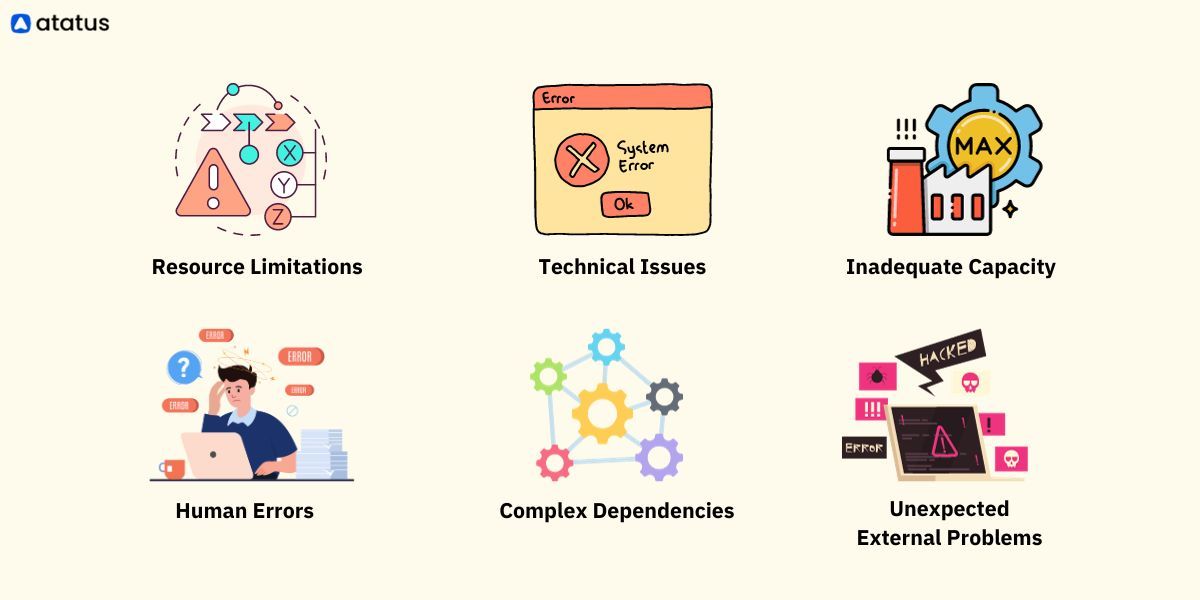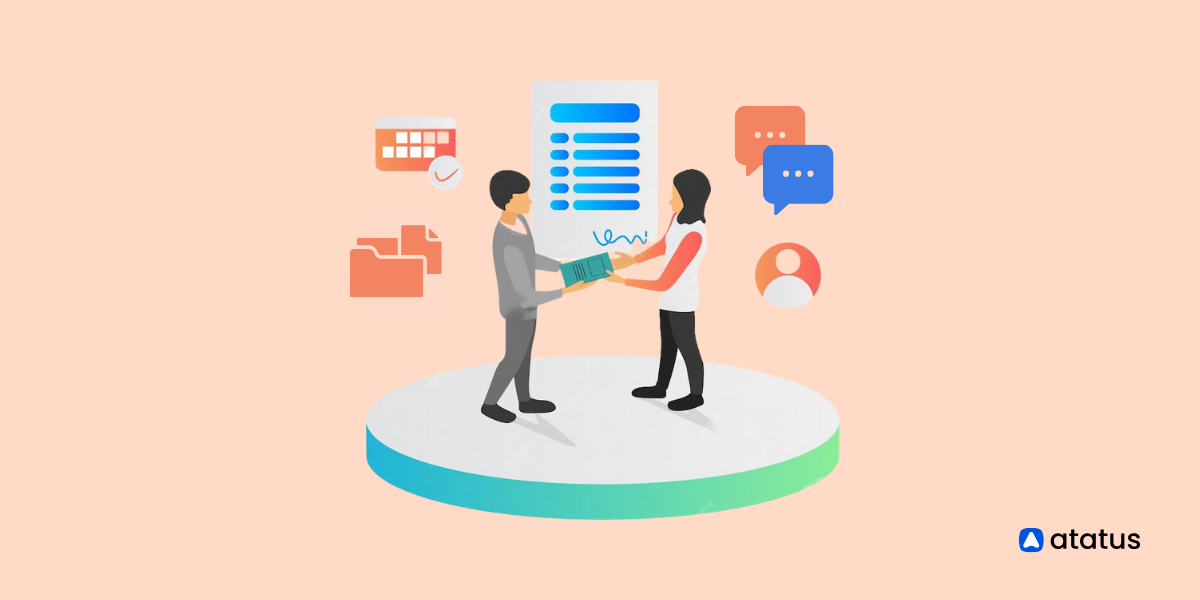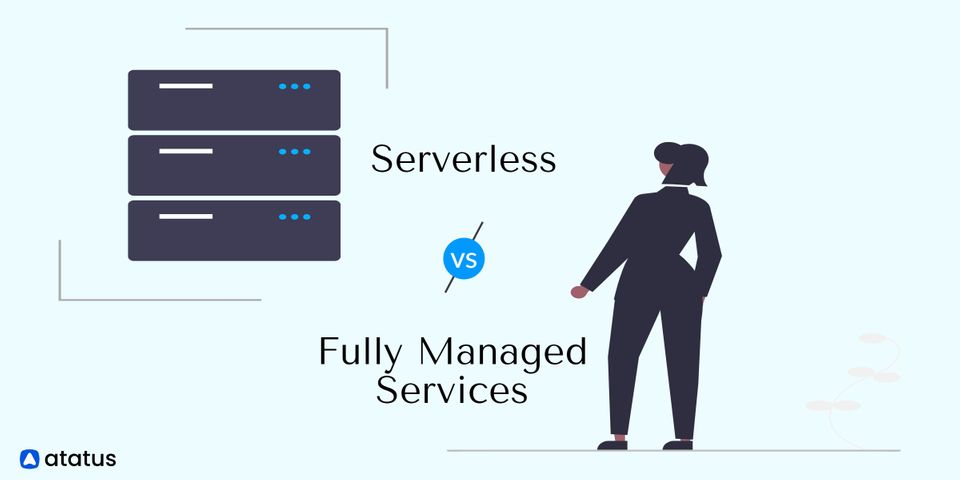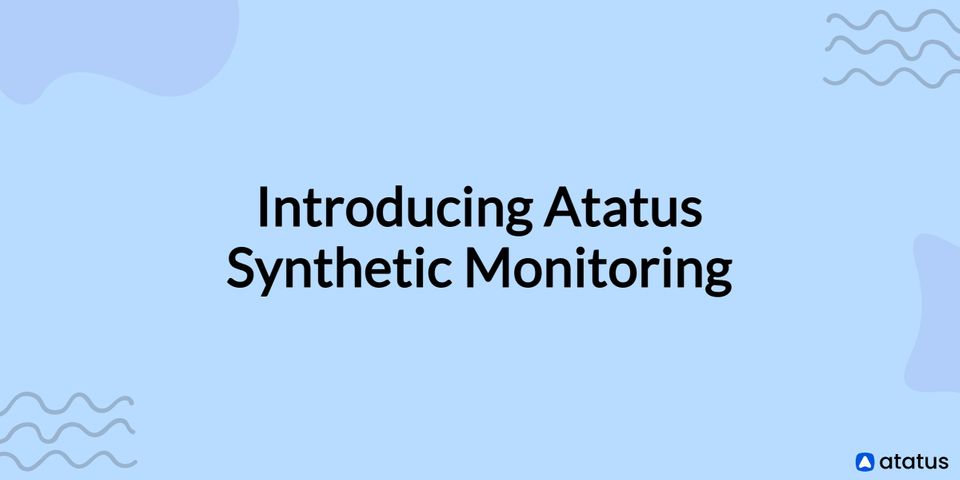What is SLA? How to Handle SLA Breaches?
Service Level Agreements (SLAs) are foundational contracts that define the expectations and commitments between service providers and their customers.
These agreements outline the quality, performance, and availability of services, setting the stage for a harmonious relationship. However, as service environments grow increasingly complex, the risk of SLA breaches looms ever larger.
An SLA breach occurs when a service provider fails to meet the predefined standards and benchmarks stipulated in the agreement. Such breaches can have far-reaching consequences, impacting customer satisfaction, trust, and even the bottom line.
In this context, understanding the intricacies of SLA breaches is essential for businesses and organizations aiming to deliver consistent and reliable services while maintaining the trust of their clientele.
Quick Check: Check your Downtime with our SLA and Downtime Calculator now!
Businesses run on the reliability and quality of the services or products they provide. If this core component is getting violated, it is only right that we are adequately compensated. So, let’s be cautious while forging SLAs and consider the points discussed below to tackle any breach effectively.
Table Of Contents:-
- What is SLA?
- Types of SLAs
- Why do SLA Breaches occur?
- SLA Performance Metrics You Should Measure
- Five Key Strategies to Prevent SLA Breach Violations
What is SLA?
A Service Level Agreement (SLA) is a formal written contract or agreement between a service provider and its customer(s). It outlines the terms, conditions, and expectations for providing a specific service.
SLAs are commonly used in various industries and contexts, including IT services, cloud computing, telecommunications, outsourcing, and more. The primary purpose of an SLA is to define the level of service quality and performance that the customer can expect to receive from the service provider.
Any SLA typically includes - a clear and detailed description of services being provided, KPIs, procedures for handling escalated issues, penalties for the service providers in the event of SLA breach, termination clause, and service reporting.
SLAs serve several important purposes:
- They establish clear expectations between the service provider and the customer, ensuring that both parties are on the same page regarding the quality and scope of services.
- SLAs provide a basis for measuring the service provider's performance
- They provide a framework for resolving disputes or disagreements regarding service quality and performance.
- SLAs can drive continuous improvement efforts by highlighting areas where service levels can be enhanced.
There are different kinds of SLAs depending on the need. So, next up we will look at the types of SLAs commonly used in businesses.
Types of SLAs
Service Level Agreements (SLAs) are tailored to fit the nature of the services provided and the requirements of the receiving party. Depending on the context, several types of SLAs can be identified, and they are as follows:
- Customer-based SLA - This type of SLA is defined and agreed upon between the service provider and an individual customer or client group. It generally covers all the services used by this customer.
- Service-based SLA - Service-based SLAs cover specific services provided to all customers. For instance, if a company offers a web hosting service, the associated SLA will apply to all customers who use this service.
- Multi-level SLA - This type of SLA breaks the agreement down into various levels, each addressing different aspects of the same service for different audiences.
- Internal SLA - This is an agreement within an organization, often between the IT department and other business units. It outlines the IT services and their quality and performance metrics.
- Vendor SLA - This type of SLA is created between a business and its third-party vendors. It outlines the expectations and standards for the goods or services that the vendor provides.
- Operational Level Agreement (OLA) - While not a traditional SLA, OLAs are worth mentioning. An OLA defines inter-departmental service levels and ensures that the different internal service providers within an organization can provide the SLA-defined service levels.
- Underpinning Contract (UC) - An UC is another related concept, typically established between the service provider and third-party vendors. These are the specific terms, conditions, and metrics by which a vendor will support the service provider in delivering an SLA to a customer.
Why do SLA Breaches Occur?
SLA breaches can occur for various reasons, often stemming from a combination of internal and external factors, like the complex nature of service delivery and the challenges associated with meeting specific performance standards. These breaches can have a significant impact on customer satisfaction and change the whole facet of business relationships.
One common reason for SLA breaches is resource limitations. This can include insufficient staffing, hardware, or software resources to meet the demands outlined in the SLA. When a service provider encounters unexpected spikes in demand or rapid growth, they may struggle to allocate resources effectively, leading to performance degradation and breaches.

Technical issues and system failures are another frequent cause of SLA breaches. No matter how well-prepared an organization is, technical problems can still occur, leading to downtime or performance slowdowns. Such issues involve hardware failures, software bugs, or network outages, all of which can disrupt service delivery and violate SLAs.
Inadequate capacity planning is a related factor contributing to SLA breaches. Organizations sometimes underestimate future demand or fail to plan for scalability effectively. As a result, they may not have the capacity required to handle increased workloads, leading to service degradation and SLA violations when demand exceeds capacity.
Human errors can also play a significant role in SLA breaches. Mistakes made by employees, whether in configuration, deployment, or maintenance, can lead to service disruptions. These errors might range from misconfiguring network settings to accidentally deleting critical data, causing service interruptions that breach SLAs.
Unforeseen external factors can be particularly challenging to manage and can result in SLA breaches. Natural disasters, cyberattacks, or unexpected market shifts can impact service providers and their ability to deliver on SLAs. These events are often beyond the control of the organization and require rapid response and recovery efforts to minimize the breach's impact.
Lastly, complex dependencies within the service delivery chain can contribute to SLA breaches. In modern ecosystems, services often rely on multiple interconnected components and third-party providers. If any part of this chain experiences issues or breaches their own SLAs, it can have a cascading effect, ultimately affecting the overall service and causing SLA violations.
SLA Performance Metrics You Should Measure
These metrics are essential for both the service provider and the customer to ensure that the agreed-upon service levels are being met. Here are some common SLA metrics:
- Uptime/Availability metric measures the percentage of time that a service is available and operational. For example, an SLA might specify 99.9% uptime, meaning the service should be available 99.9% of the time during a given period.
- Response time measures the time it takes for the service provider to acknowledge and respond to a customer request or incident. It is often measured in milliseconds (ms) or seconds (s).
- Resolution Time measures the time it takes to resolve an issue or incident once it has been reported. It is typically measured in hours or days.
- Service Level Response defines the maximum time allowed for the service provider to respond to a customer request. For example, an SLA might specify a response time of within 4 hours for critical issues.
- Service Level Resolution defines the maximum time allowed for the service provider to resolve a customer request or incident. For example, an SLA might specify a resolution time of within 24 hours for non-critical issues.
- SLAs often include escalation procedures, outlining how quickly issues should be escalated to higher levels of support or management if they are not resolved within specified timeframes.
- For services that rely on resources like bandwidth, storage, or processing power, capacity metrics can specify the maximum and minimum levels of these resources that must be available.
- Throughput measures the rate at which a service processes transactions or data. It's important for services that handle large volumes of data, like data centers or cloud services.
- Error rate metrics quantify the frequency of errors or failures within the service. It may be expressed as a percentage of successful transactions or actions.
- While not a technical metric, the Customer Satisfaction metric is often included in SLAs to gauge customer satisfaction with the service. Customer feedback surveys are used to measure CSAT.
- Mean Time Between Failures (MTBF) measures the average time between system failures. It's particularly relevant for equipment and hardware maintenance.
- Mean Time to Repair (MTTR) measures the average time it takes to repair a system or service after a failure. It helps assess how quickly issues can be resolved.
- In some industries, SLAs may include compliance metrics related to regulatory or legal requirements, such as data privacy or security standards.
- SLAs often specify penalties or credits that the service provider must pay to the customer in the event of SLA breaches. These can be financial incentives to meet SLA targets.
- Service Credits define the compensation or credits that will be provided to the customer in case of SLA breaches. It's usually a percentage of the service fees.
Five Key Strategies to Prevent SLA Breach Violations
Here's a condensed yet comprehensive overview of how to avoid SLA breach violations. By prioritizing these five areas and maintaining a proactive approach, organizations can significantly reduce the risk of SLA breaches and ensure consistent service delivery.
1. Proactive Monitoring and Predictive Analysis
Implement proactive application performance monitoring tools and processes to continuously track key metrics.
Deploy real-time monitoring tools that can track and assess the performance metrics linked to SLAs. Tools with predictive analytics can warn about potential breaches by identifying patterns that may lead to violations.
Configure the system to send early warning notifications before thresholds are reached. This not only flags potential problems but provides enough time for intervention.
Establish a performance management team responsible for addressing issues promptly. Atatus provides you with a complete SLA report which contains total requests, failed requests, failure rate and apdex score to identify where your site needs improvement in a daily, weekly and monthly basis.
2. Resource Planning for Timely Support to Avoid Last-Minute Crunches
Conduct regular capacity planning to ensure that you have adequate resources, including staff, equipment, and infrastructure, to meet SLA commitments.
Based on historical data and growth projections, forecast when you'll need to upscale resources to meet SLA requirements. This could include hardware, software, bandwidth, or human resources. Anticipate periods of high demand or potential bottlenecks and allocate resources accordingly.
Maintain a flexible infrastructure or workforce that can be scaled up or down based on demand. For instance, cloud solutions often offer scalable resources based on usage.
3. Train your Employees with the Updated Versions Whenever Needed
Before setting SLAs, engage in a detailed dialogue with customers to understand their specific needs, priorities, and expectations. Ensure that SLAs are aligned with these requirements to avoid setting unrealistic or unachievable targets.
Ensure that staff are regularly trained and updated on SLA requirements and the importance of meeting them. They should be aware of the repercussions of breaches and their roles in preventing them.
Regularly review and refine the processes to eliminate inefficiencies and bottlenecks. A continuous improvement mindset can help in preemptively addressing potential SLA violations.
4. Make Transparent Communication and Collaborative Ideas your Strong Point
SLAs should not be static documents. Conduct periodic reviews of SLAs to ensure they remain relevant and achievable. Make adjustments as necessary based on changing business conditions, customer feedback, and performance data.
Engage with both internal teams and external customers to gain insights into potential challenges and areas of concern. Their feedback can be invaluable in preempting breaches.
If an SLA violation seems inevitable due to unforeseen circumstances, notify all relevant stakeholders immediately. Transparency can mitigate dissatisfaction and build trust, even in the face of challenges.
5. Regular SLA Review and Updates
Recognize that business needs, technologies, and external environments evolve. SLAs should be revisited periodically to ensure they align with current realities.
After reviewing SLA performances, gather feedback from both clients and internal teams. Use this feedback to refine SLA terms, ensuring they're realistic and achievable. This may involve redundancy planning, disaster recovery measures, or developing contingency plans for unforeseen events that could impact service delivery.
Conclusion
SLAs can vary significantly in complexity and specificity depending on the industry and the nature of the services involved. There can always be fallouts in an agreement. But we should be cautious about letting it do any harm to our business, and that can be assured when we are
On the whole, SLAs are crucial tools for businesses and organizations to ensure that they receive the level of service they require and that service providers meet their commitments, thus making it all the more important to maintain their quality.
Monitor Your Entire Application with Atatus
Atatus is a Full Stack Observability Platform that lets you review problems as if they happened in your application. Instead of guessing why errors happen or asking users for screenshots and log dumps, Atatus lets you replay the session to quickly understand what went wrong.
We offer Application Performance Monitoring, Real User Monitoring, Serverless Monitoring, Logs Monitoring, Synthetic Monitoring, Uptime Monitoring, and API Analytics. It works perfectly with any application, regardless of framework, and has plugins.

Atatus can be beneficial to your business, which provides a comprehensive view of your application, including how it works, where performance bottlenecks exist, which users are most impacted, and which errors break your code for your frontend, backend, and infrastructure.
If you are not yet a Atatus customer, you can sign up for a 14-day free trial .
#1 Solution for Logs, Traces & Metrics
APM
Kubernetes
Logs
Synthetics
RUM
Serverless
Security
More




